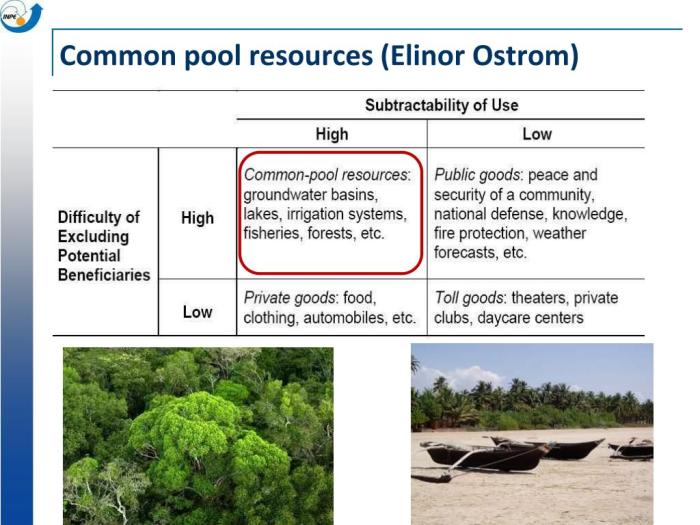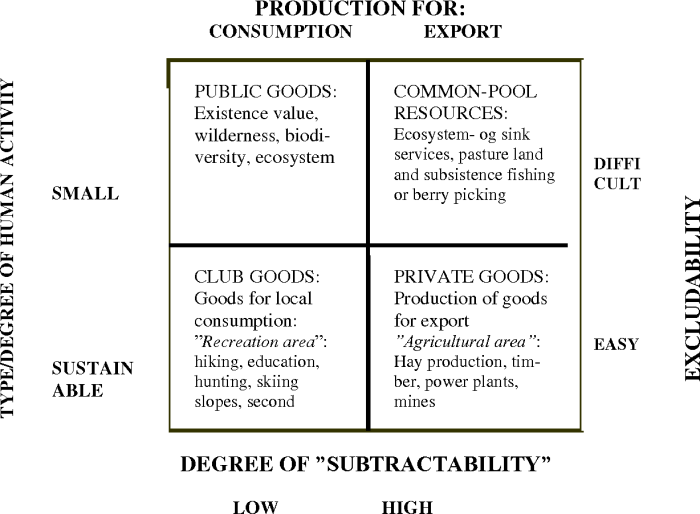Individual restraints when using common-pool resources are necessary to prevent the tragedy of the commons, a situation where individual self-interest leads to the overexploitation and degradation of shared resources. This article explores the rationale, types, examples, challenges, and alternative approaches to implementing individual restraints for the sustainable management of common-pool resources.
Common-pool resources, characterized by open access and non-excludability, are often subject to overexploitation due to the lack of individual incentives to conserve. Individual restraints, such as quotas, licenses, and taxes, aim to align individual incentives with the collective interest, promoting responsible use and preventing resource depletion.
1. Overview of Common-Pool Resources
Common-pool resources are natural or human-made resources that are non-excludable and non-rivalrous. Non-excludability means that it is difficult or impossible to prevent individuals from using the resource, while non-rivalrous means that one person’s use of the resource does not diminish its availability for others.
Examples of common-pool resources include fisheries, forests, water, and air.
2. Tragedy of the Commons
The tragedy of the commons is a situation in which a common-pool resource is overexploited because individuals act in their own self-interest.
Each individual has an incentive to use as much of the resource as possible, even if it means that the resource will be depleted in the future. This is because the individual does not bear the full cost of their actions.
The cost is shared by all users of the resource.
3. Individual Restraints for Preventing Overexploitation

Individual restraints are rules or regulations that limit the amount of a common-pool resource that an individual can use.
Individual restraints can be used to prevent overexploitation of common-pool resources. By limiting the amount of the resource that each individual can use, individual restraints can help to ensure that the resource is available for future generations.
Types of Individual Restraints, Individual restraints when using common-pool resources are necessary to prevent
- Quotas: Quotas are limits on the amount of a resource that an individual can harvest or use.
- Licenses: Licenses are permits that allow individuals to use a common-pool resource.
- Taxes: Taxes can be used to discourage individuals from using a common-pool resource.
4. Examples of Individual Restraints
Individual restraints have been used successfully to manage a variety of common-pool resources.
- Fishing quotas have been used to prevent overfishing.
- Water usage permits have been used to prevent over-extraction of groundwater.
- Grazing licenses have been used to prevent overgrazing of rangeland.
5. Challenges and Considerations

There are a number of challenges associated with implementing and enforcing individual restraints.
- It can be difficult to determine the appropriate level of restraint.
- Individual restraints can be costly to implement and enforce.
- Individual restraints can have negative consequences for economic efficiency and equity.
6. Alternative Approaches to Managing Common-Pool Resources

In addition to individual restraints, there are a number of other approaches that can be used to manage common-pool resources.
- Community-based management: Community-based management involves giving local communities the authority to manage common-pool resources.
- Market-based mechanisms: Market-based mechanisms, such as tradable permits, can be used to create incentives for individuals to conserve common-pool resources.
- Technological solutions: Technological solutions, such as water-saving devices, can be used to reduce the demand for common-pool resources.
FAQ Corner: Individual Restraints When Using Common-pool Resources Are Necessary To Prevent
What are common-pool resources?
Common-pool resources are resources that are jointly owned and used by a group of individuals, where individual actions can affect the availability of the resource for others.
What is the tragedy of the commons?
The tragedy of the commons refers to the situation where individual self-interest in using a common-pool resource leads to its overexploitation and eventual depletion.
What are the different types of individual restraints?
Individual restraints include quotas, licenses, and taxes, which aim to limit individual use of common-pool resources and promote responsible behavior.